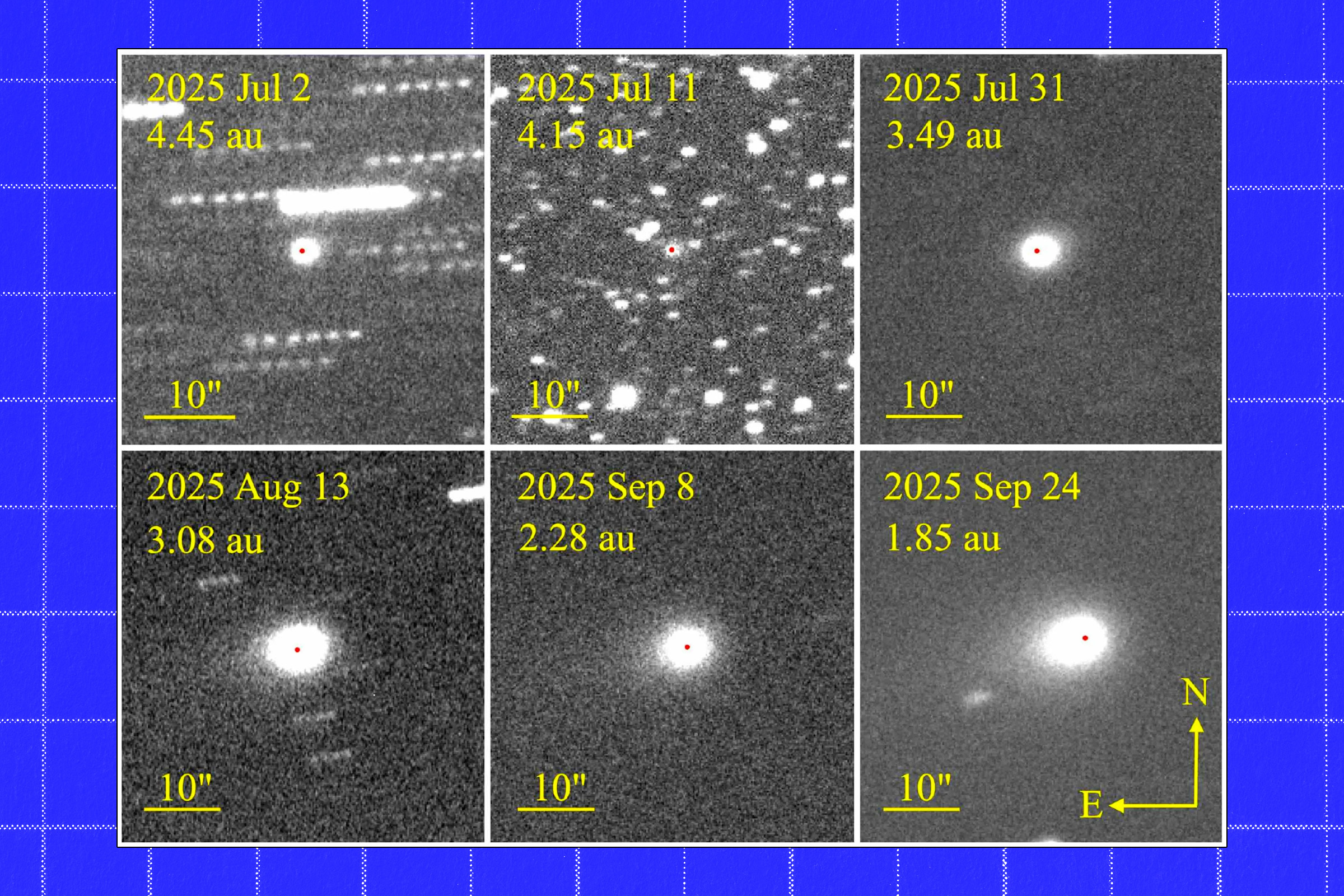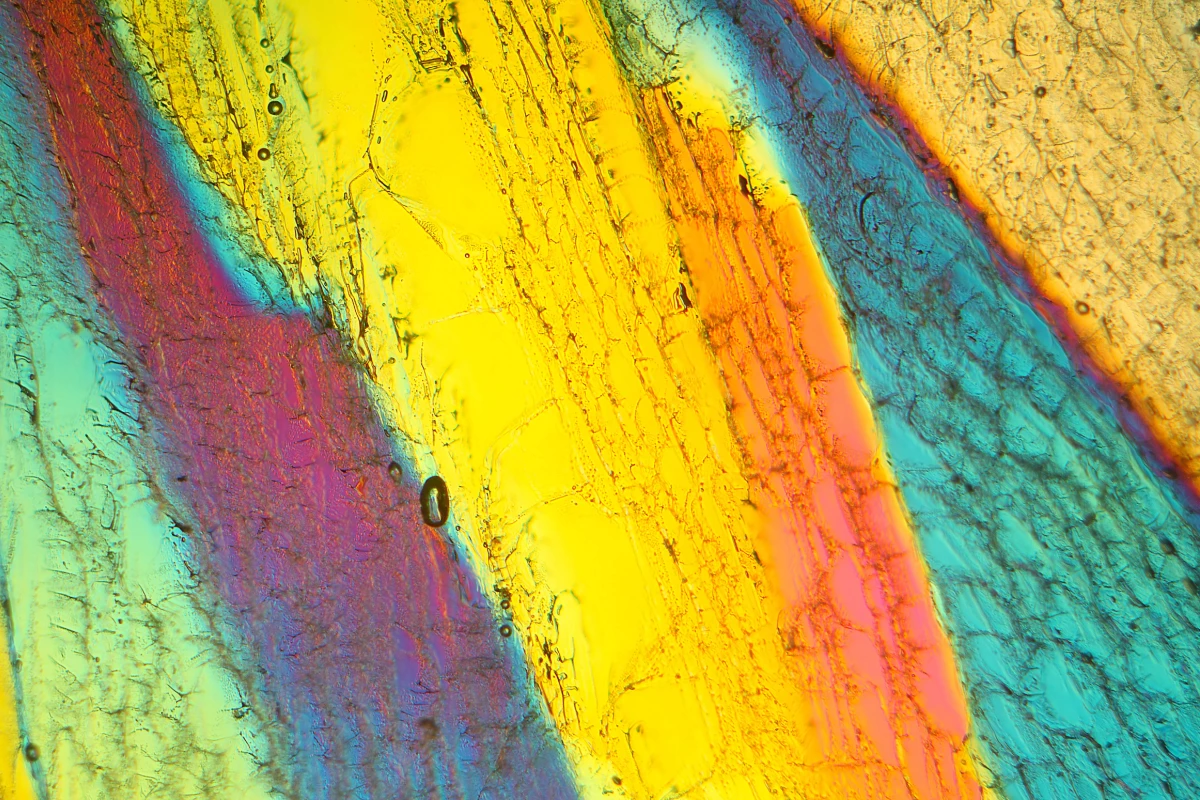A newly discovered interstellar object, designated 3I-ATLAS, is capturing the attention of astronomers worldwide. This third known interstellar visitor, first identified in early July 2023, is believed to be a comet originating from outside our solar system. While most experts agree on its cometary nature, some, including the controversial astronomer Avi Loeb from Harvard University, speculate about the possibility of extraterrestrial origins.
Currently, 3I-ATLAS is obscured by the Sun and will remain unobservable from Earth for several weeks. Loeb has previously suggested that this period could serve as a strategic cover for the object to perform unexpected maneuvers. New observations from the Nordic Optical Telescope in the Canary Islands have provided intriguing insights into the object’s behavior.
Unusual Observations Spark Controversy
Recent images from the telescope reveal a phenomenon known as an “anti-tail.” As 3I-ATLAS approaches the Sun, the long trail of debris it expelled appears to have changed direction, seemingly pointing back towards the Sun. This optical illusion occurs due to the relative positions of the object, Earth, and the Sun, which can make the trail appear to flip. Astronomers have documented similar occurrences with other comets over the years.
Despite the conventional explanations for this behavior, Loeb offers an alternative perspective. In a recent blog post, he proposes that the anti-tail might indicate the object is utilizing a form of “braking thrust.” This would suggest a controlled deceleration, allowing 3I-ATLAS to extend its time within our solar system. Loeb claims, “If the object is an alien spacecraft slowing down, and the anti-tail is braking thrust, then this change from anti-tail to tail would be entirely expected near perihelion.”
Future Observations and Implications
The implications of Loeb’s hypothesis are significant. He suggests that if 3I-ATLAS is indeed a craft exhibiting controlled maneuvering, it could represent a technosignature—a sign of advanced technology—aimed at achieving a stable orbit between Mars and Jupiter. His colleague, Adam Hibberd from the Institute for Interstellar Studies, has echoed this sentiment, adding credibility to the notion that the object might not be a mere comet.
Confirmation of these theories will have to wait until December 19, 2023, when 3I-ATLAS is expected to become visible again. At that time, astronomers will be able to determine whether its trajectory has changed, providing critical data to either support or refute the theories surrounding its nature.
As the scientific community eagerly anticipates further observations, the debate surrounding 3I-ATLAS continues to highlight the intersection of astronomy and the possibility of extraterrestrial intelligence. Whether this interstellar visitor is simply a cosmic snowball or something more remains to be seen, but its journey through our solar system has already sparked considerable intrigue and speculation.






